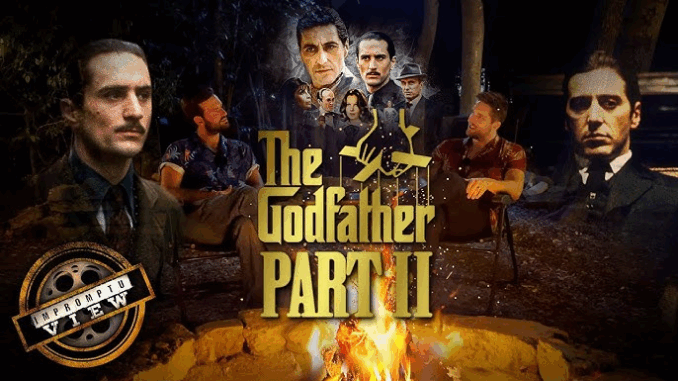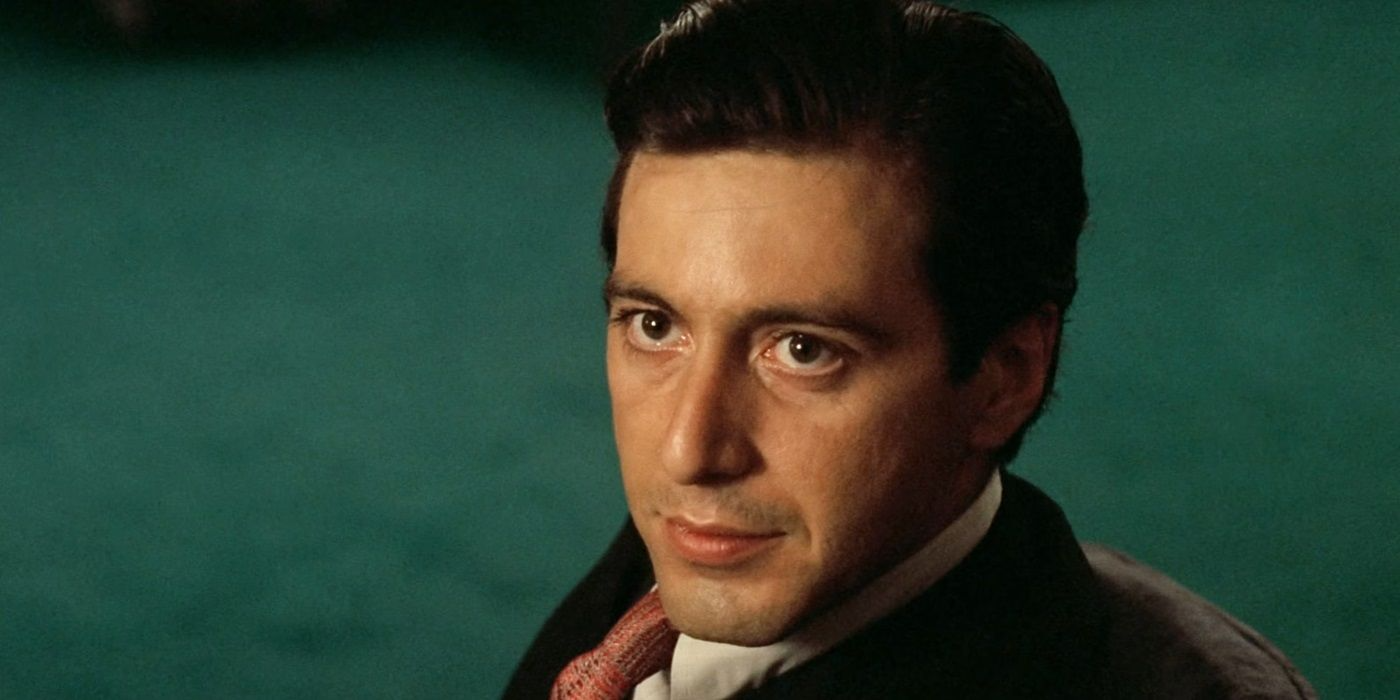
A Sequel That Became a Legend
In the world of cinema, sequels often struggle to live up to their predecessors. But The Godfather Part II didn’t just meet expectations—it redefined them. Released in 1974, two years after the original, Francis Ford Coppola’s second installment in the Corleone saga is widely regarded as one of the greatest films ever made. It is more than a continuation; it is a cinematic masterpiece that stands proudly on its own, expanding the universe of The Godfather with haunting beauty and brutal honesty.
A Dual Narrative – Past and Present Intertwined
One of the most innovative aspects of The Godfather Part II is its dual storyline structure. The film weaves two timelines:
-
Michael Corleone’s Reign (Late 1950s) – Now the Don of the Corleone family, Michael (Al Pacino) is at the height of his power. But with great power comes great isolation. As he consolidates his empire, he finds betrayal within his own family and must face the moral and emotional consequences of his actions.
-
Vito Corleone’s Origin Story (Early 1900s) – In a powerful flashback storyline, we witness the rise of young Vito (played by Robert De Niro) from an orphaned immigrant in New York’s Little Italy to a respected and feared mafia leader. These scenes provide depth to the man we came to admire in the first film.
This structure not only enriches the storytelling but also highlights the tragic parallels between father and son—their ambition, their values, and ultimately, their loneliness.
Al Pacino: From Quiet to Cold
Michael Corleone is no longer the reluctant son. In this film, he has fully embraced the role of Godfather, but at a heavy price. Pacino’s performance is colder, more calculating, and deeply haunting. His face, often expressionless, reveals the psychological toll of leadership and betrayal.
Michael’s descent into darkness is symbolized most strongly in his relationship with his family—especially his wife Kay (Diane Keaton), who delivers one of the film’s most shocking scenes. The once-doting couple now finds themselves in a crumbling, loveless marriage, poisoned by secrets and blood.
Robert De Niro: A New Don is Born
While Michael rules the present, Robert De Niro’s young Vito rules the past. De Niro, who learned Sicilian for the role, delivers a quiet but powerful performance. He doesn’t imitate Brando; instead, he builds a new character whose warmth and intelligence contrast sharply with his son’s cold ruthlessness.
Vito’s rise—avenging his family, helping his neighbors, and slowly building his criminal empire—feels almost noble. It’s a story of survival and community. And yet, this very foundation of power will eventually corrupt the next generation.

Legacy, Betrayal, and the American Dream
The Godfather Part II is not just about crime; it’s about what we inherit and what we become. It explores:
-
The burden of legacy – Michael is trying to protect what his father built, but he does so by becoming something his father never was: paranoid and merciless.
-
Betrayal from within – The most painful wounds come from family, and Michael learns this in devastating fashion.
-
The dark side of the American Dream – Vito’s journey is about creating a better life in a new land. But what begins as survival becomes control, and control turns to corruption.
A Tragic Opera
Gordon Willis’s cinematography once again brings a brooding, shadowy elegance to the film. The use of darkness and light emphasizes secrecy, isolation, and internal conflict. Nino Rota’s iconic score returns, layered with melancholy and dread.
The film’s visual and musical choices reflect its themes of decay, loneliness, and the cost of ambition. It feels more operatic than the first—grander in scale, yet more personal in its tragedy.
Quiet Moments with Loud Impact
-
Fredo’s Betrayal: The heartbreak in “I know it was you, Fredo” is unforgettable. It’s not just a betrayal of business—it’s a betrayal of brotherhood.
-
Kay’s Revelation: Her confession to Michael shocks viewers and marks the emotional point of no return.
-
The Final Flashback: A brilliant scene showing the Corleone family before everything changed. It reminds us of what was lost—and what was never truly there.
A Sequel That Stands Alone
The Godfather Part II won six Academy Awards, including Best Picture, making it the first sequel to do so. It also earned Coppola Best Director and De Niro a Best Supporting Actor Oscar. The film has been analyzed in film schools, quoted in pop culture, and revered by critics for decades.
More introspective and tragic than the first, this sequel dares to explore not just the rise of power, but its rot from within. It’s not just a continuation—it’s a reflection.
The Rise, The Fall, The Silence
The Godfather Part II is the rare film that deepens everything that came before it. It’s a meditation on power, family, and the inescapable weight of choices made in blood. As Michael sits alone in the final scene, haunted by memories and consumed by regret, we understand the true cost of becoming the Godfather.
If The Godfather was the rise of an empire, Part II is the chilling echo of its fall.
